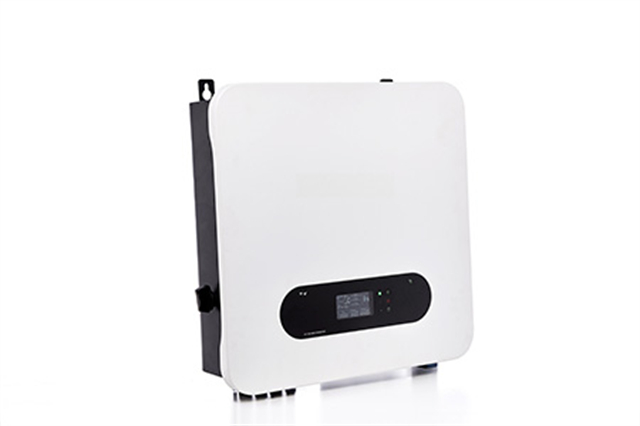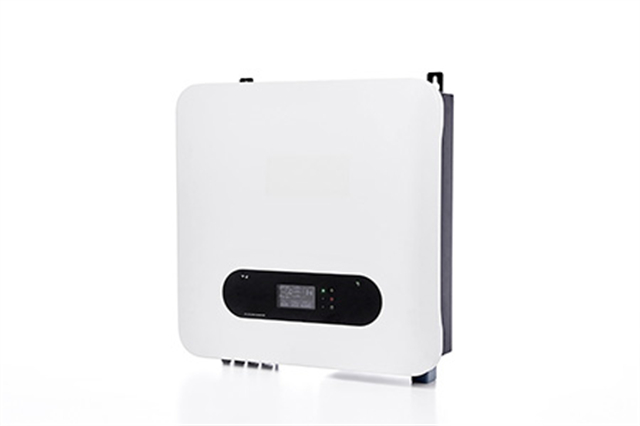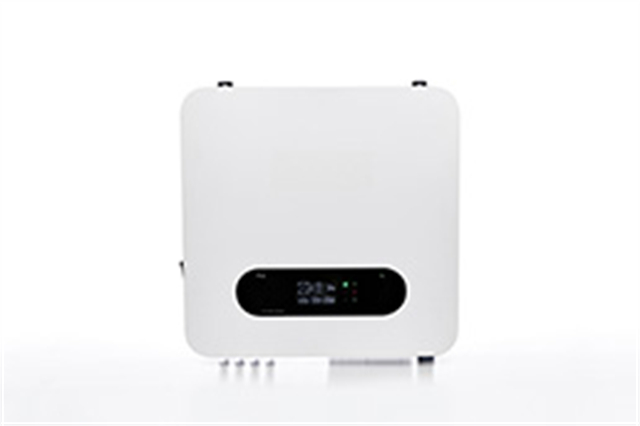Author:BLD Solar Energy SystemFROM:Solar System Converter Manufacturer TIME:2023-10-24
In recent years, the popularity of solar energy has been on the rise as homeowners and businesses seek alternative sources of power. Among the various types of solar systems available, on-grid solar systems have gained significant attention. These systems are connected to the main power grid, allowing users to sell excess electricity back to the utility company. However, selecting the ideal luminous on-grid solar system can be a daunting task. In this article, we will explore the key factors to consider when choosing such a system.

The first step in selecting the ideal luminous on-grid solar system is to assess your power requirements. Calculate the average daily power consumption of your household or business to determine the system size needed. Consider factors such as the number of appliances, their energy consumption, and the hours of usage. This assessment will help you determine the wattage and capacity of the solar panels required.

The efficiency of solar panels plays a crucial role in maximizing energy output. Look for panels with a high efficiency rating, as they can convert a higher percentage of sunlight into electricity. Higher efficiency panels often come at a higher cost, but they can generate more power in limited space, making them a worthy investment in the long run.

When investing in an on-grid solar system, it is vital to choose high-quality components. Look for solar panels and inverters from reputable manufacturers with a proven track record. Additionally, check the warranty offered by the manufacturer. A longer warranty period indicates the manufacturer's confidence in their product's performance and durability.
Consider the installation and maintenance requirements of the solar system. Some systems require professional installation, while others are designed for easy DIY installation. Additionally, inquire about the maintenance needs of the system, such as cleaning the panels and checking the inverters. Opt for a system that suits your installation capabilities and maintenance preferences.
Ensure that the chosen on-grid solar system is compatible with your local grid connection. Different regions may have specific requirements and regulations for connecting solar systems to the grid. Consult with a licensed solar installer or your utility company to understand the necessary permits and grid connection specifications.
Consider the overall cost of the on-grid solar system, including installation, equipment, and any additional components. Compare prices from different suppliers to ensure you get the best value for your investment. Additionally, research and take advantage of any available financial incentives, such as government rebates or tax credits, which can significantly reduce the overall cost.
Look for on-grid solar systems that offer monitoring and energy management features. These features allow you to track the energy production and usage in real-time, empowering you to make informed decisions to maximize energy efficiency. Some systems even offer mobile apps or online platforms to monitor and control your solar system remotely.
Consider the potential for future expansion when selecting an on-grid solar system. Your energy needs may increase over time, so it is advisable to choose a system that allows for easy scalability. Look for systems that support the addition of extra solar panels or batteries if needed.
Choosing the ideal luminous on-grid solar system requires careful consideration of power requirements, panel efficiency, quality and warranty, installation and maintenance, grid connection compatibility, cost and incentives, monitoring and energy management features, and future expansion possibilities. By thoroughly evaluating these factors, you can ensure that your selected system meets your energy needs, offers long-term benefits, and contributes to a sustainable future.
